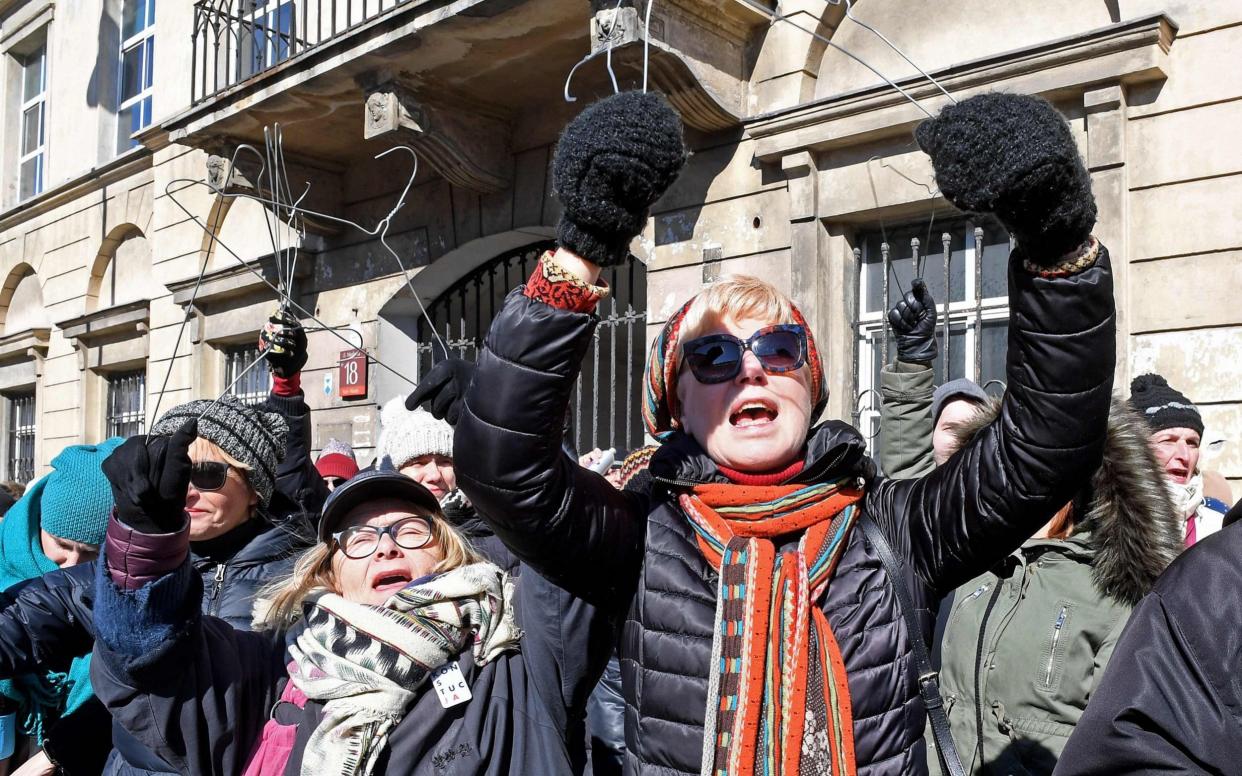Millions of women at risk from backstreet abortions

Millions of women are risking serious illness or injury every year as a result of clandestine and unsafe abortions, a report has warned.
Even in countries where termination of a pregnancy is legal, women are turning to underground providers, risking long-term health problems and, in the most severe cases, death.
A new report on women’s access to abortion around the world by United States think tank the Guttmacher Institute estimates that up to 31,000 women die every year as a result of botched abortions and around seven million are injured or made ill.
Complications include incomplete abortion, when part of the fetal tissue is left in the uterus; infection; heavy bleeding; and damage to the genital tract and internal organs when a sharp object such as a stick, glass or knitting needle is inserted.
Abortion rates are similar in countries where it is broadly legal and where it is highly restrictive - 34 abortions take place for every 1000 women in countries where it is not restricted and 37 per 1000 where it is legal.
The report says: “Legal restrictions do not eliminate abortion. Rather they increase the likelihood that abortions will be done unsafely, as they compel women to seek clandestine procedures.”
The report says that the majority of these unsafe abortions take place in developing countries, with on average seven women per 1,000 treated every year for complications.

The report estimates that around 55.9m abortions take place every year, with the majority of these - 49.3m - taking place in developing countries, compared to 6.6m in developed countries.
Just under half of these abortions - 45 per cent - are defined as unsafe according to World Health Organization criteria. An abortion is considered safe when a WHO-recommended method is used by a trained person, less safe when only one of these conditions is met and least safe when neither of these conditions are met.
Recommended methods for carrying out abortion include administration of the tablet misoprostol for inducing abortion and surgical methods such as vacuum aspiration.
The easy availability of misoprostol means some women take it without the presence of a health professional. While this is less risky than inserting a sharp object it still carries dangers, said Gilda Sedgh, one of the authors of the report.
“Abortion with misoprostol, is a safe means of terminating a pregnancy when done in accordance with WHO guidelines. That is, the woman or the provider should have proper knowledge of the appropriate dosage and regimen, women should be counselled about what to expect and how to manage complications if they should arise, and they should have access to care if they should experience complications.
“However in countries with restrictive abortion laws, while women might be able to access misoprostol, many don’t have access to the information, counselling and follow-up care needed,” she said.
Abortion rates vary widely among world regions: Latin America and the Caribbean has the highest annual rate, at 44 per 1000 women, despite the fact that many Latin American countries restrict the practice. The lowest rate is in North America at 17 per 1000 women.
Many countries have relaxed abortion laws in recent years but 6 per cent of the world’s 1.64 billion women of reproductive age - around 9m - live in countries which completely restrict abortions.
And about a fifth of women live in a country where abortion is only permitted when it is allowed to save a woman’s life.
Dr Sedgh said that when South Africa liberalised its abortion laws in 1996 the number of women dying from unsafe procedures fell by about 90 per cent within three years. However, she cautioned that law changes alone would not protect women.
“If providers aren’t trained, if women don’t know the law has changed and if they are still stigmatised problems can still exist. Even in places which have legalised abortion law the situation is not going to change overnight,” she said.
Supported by the Bill & Melinda Gates Foundation. Find out more

 Yahoo News
Yahoo News 
